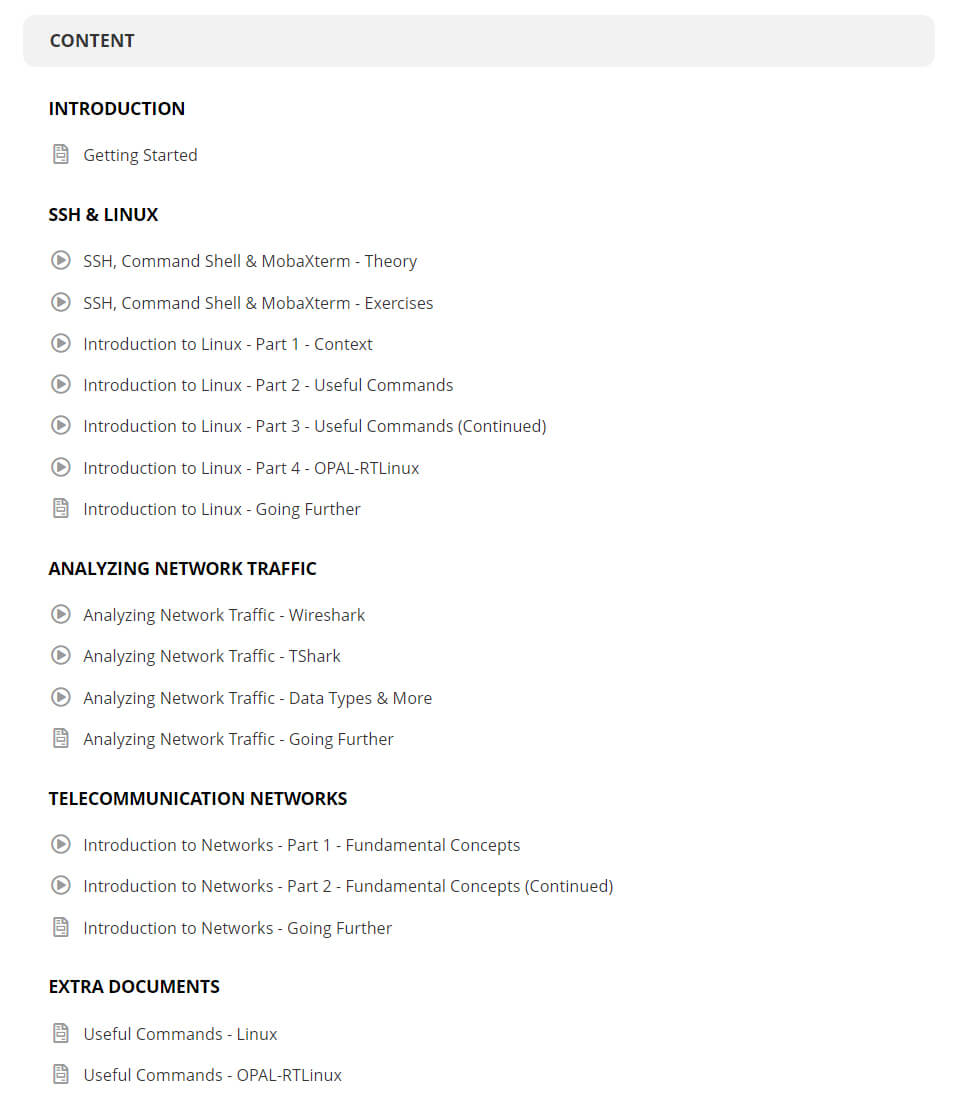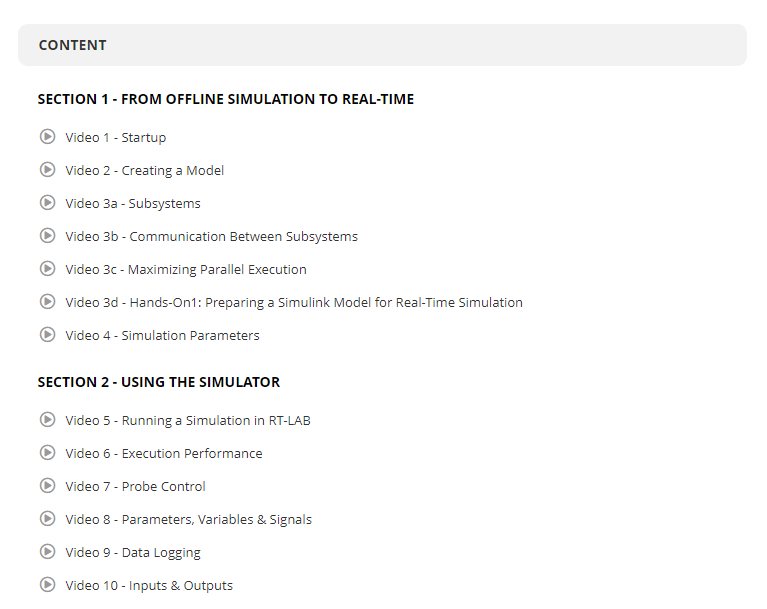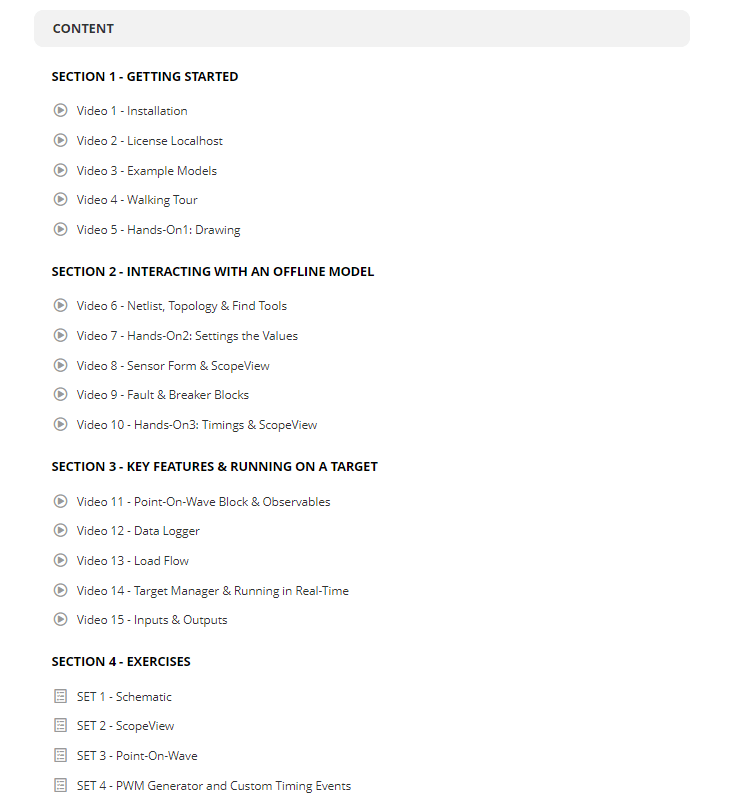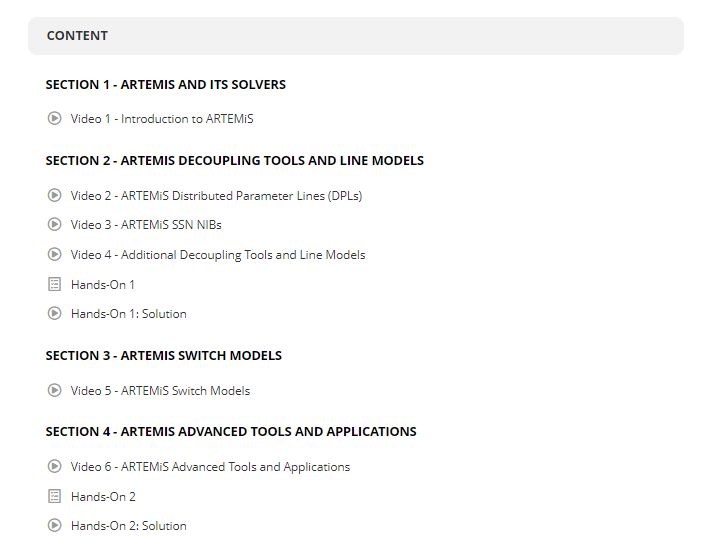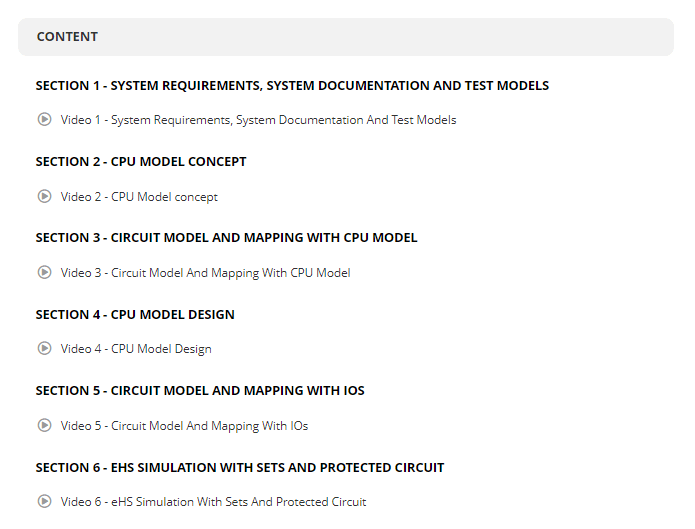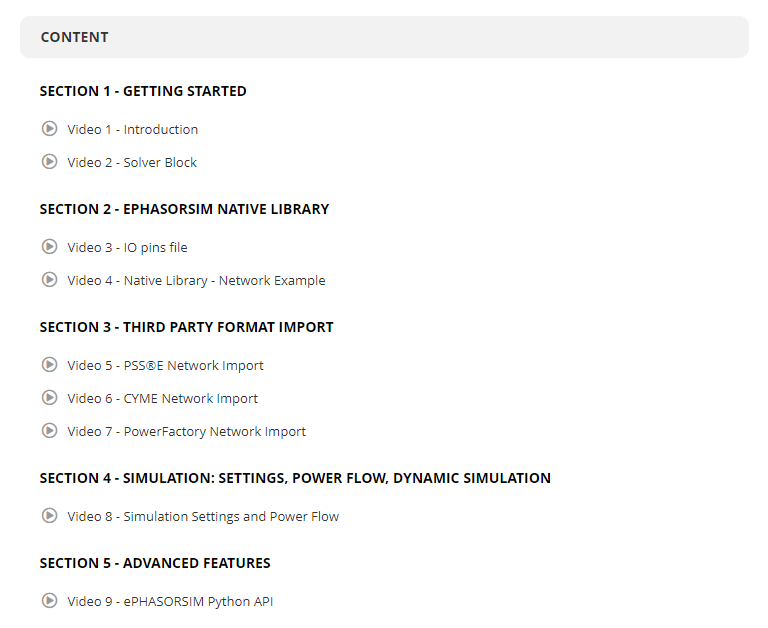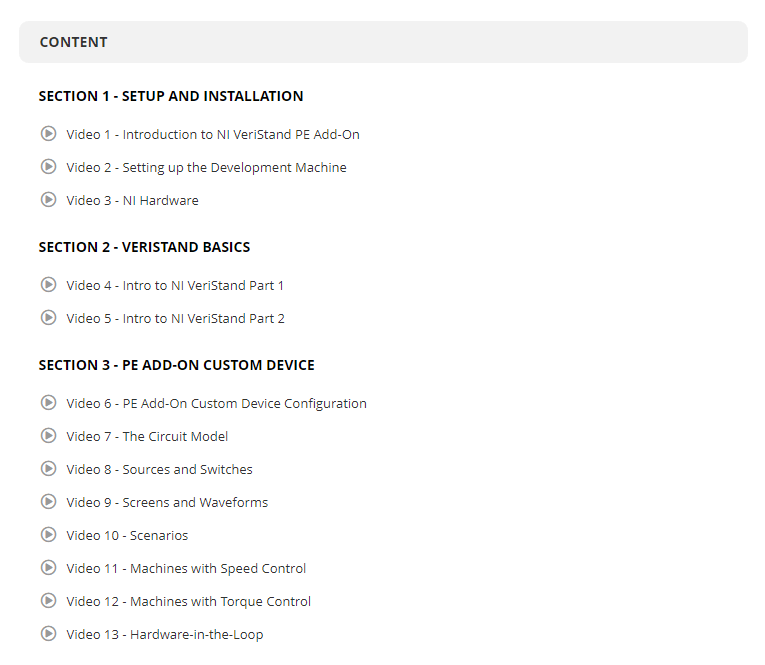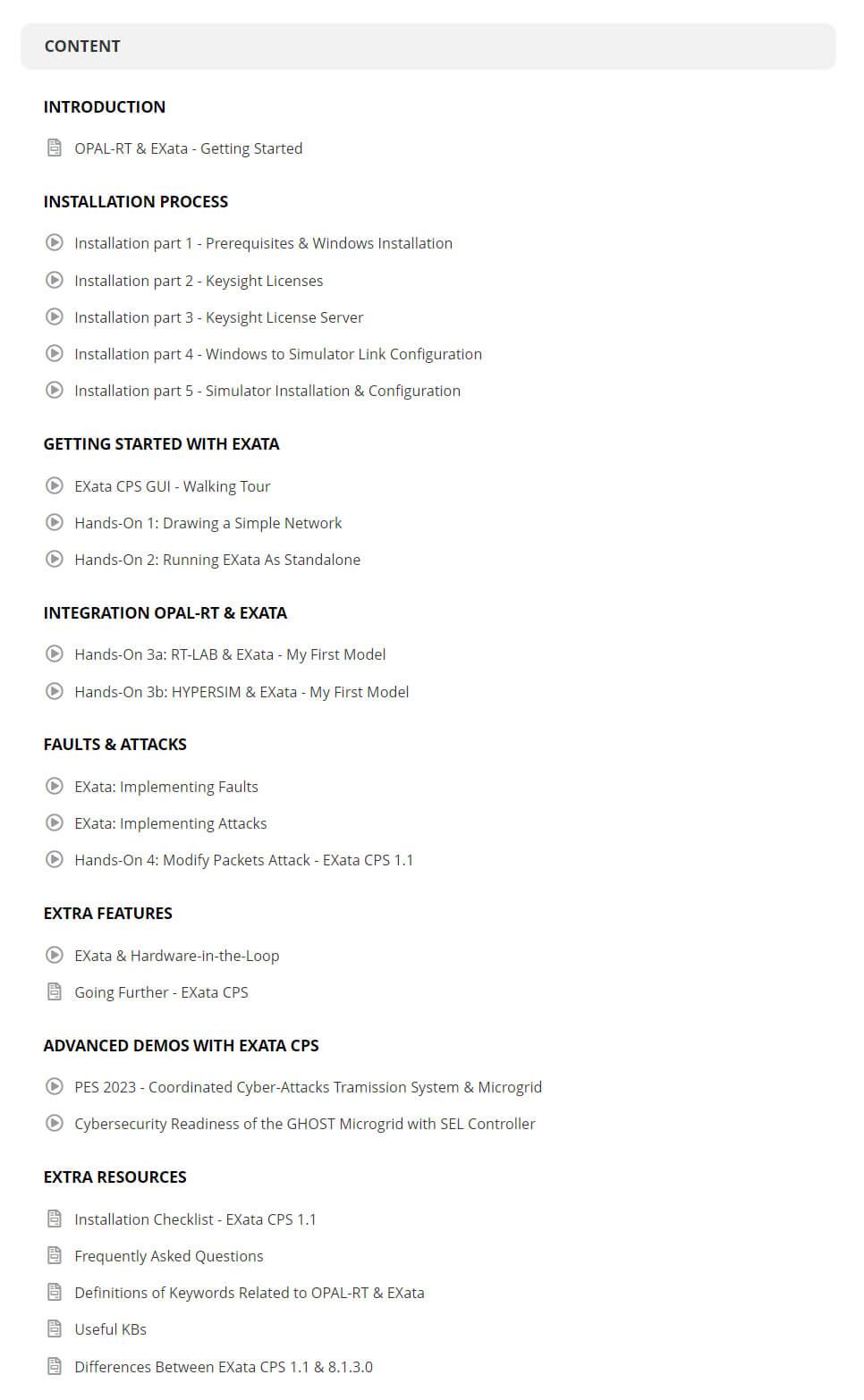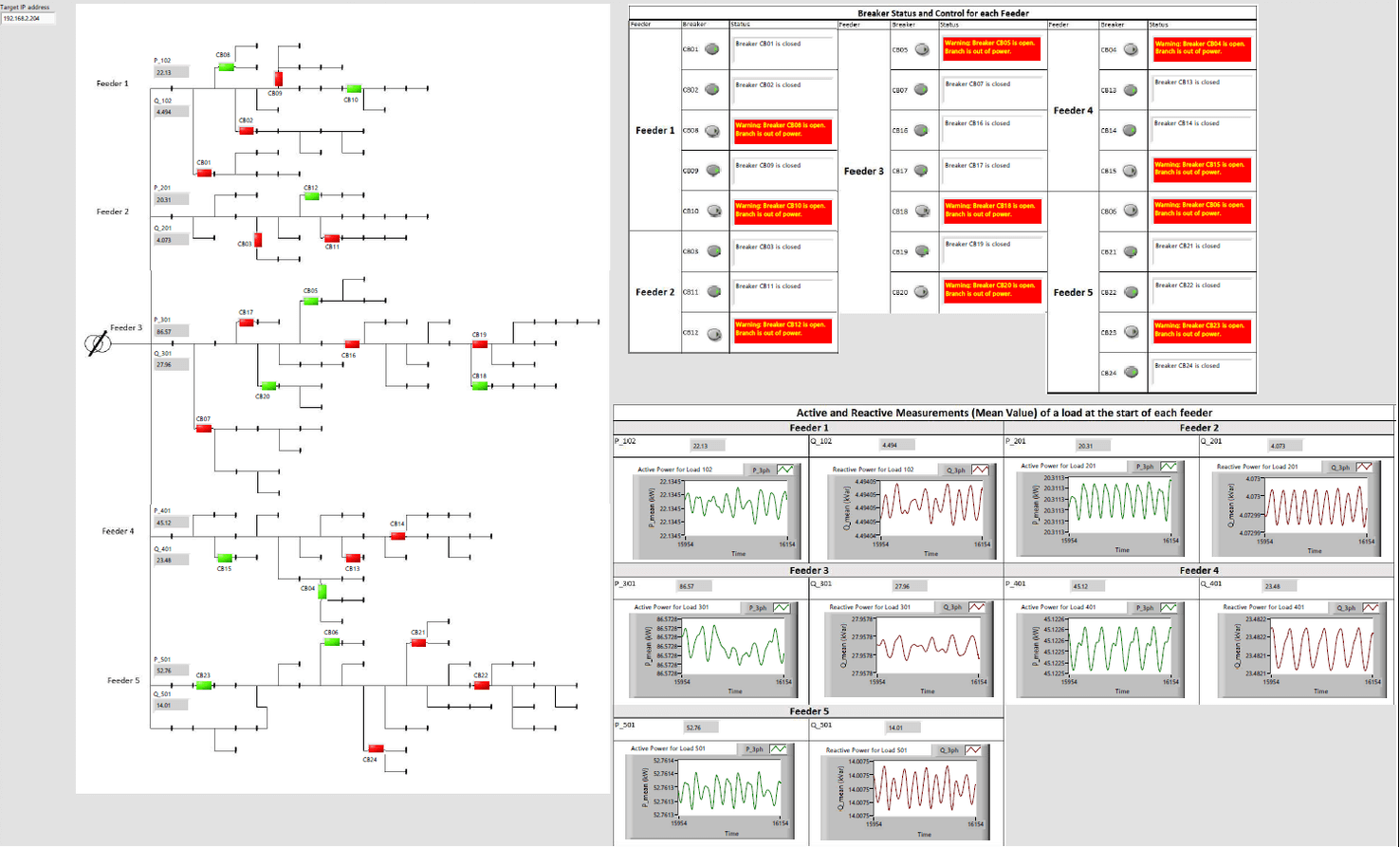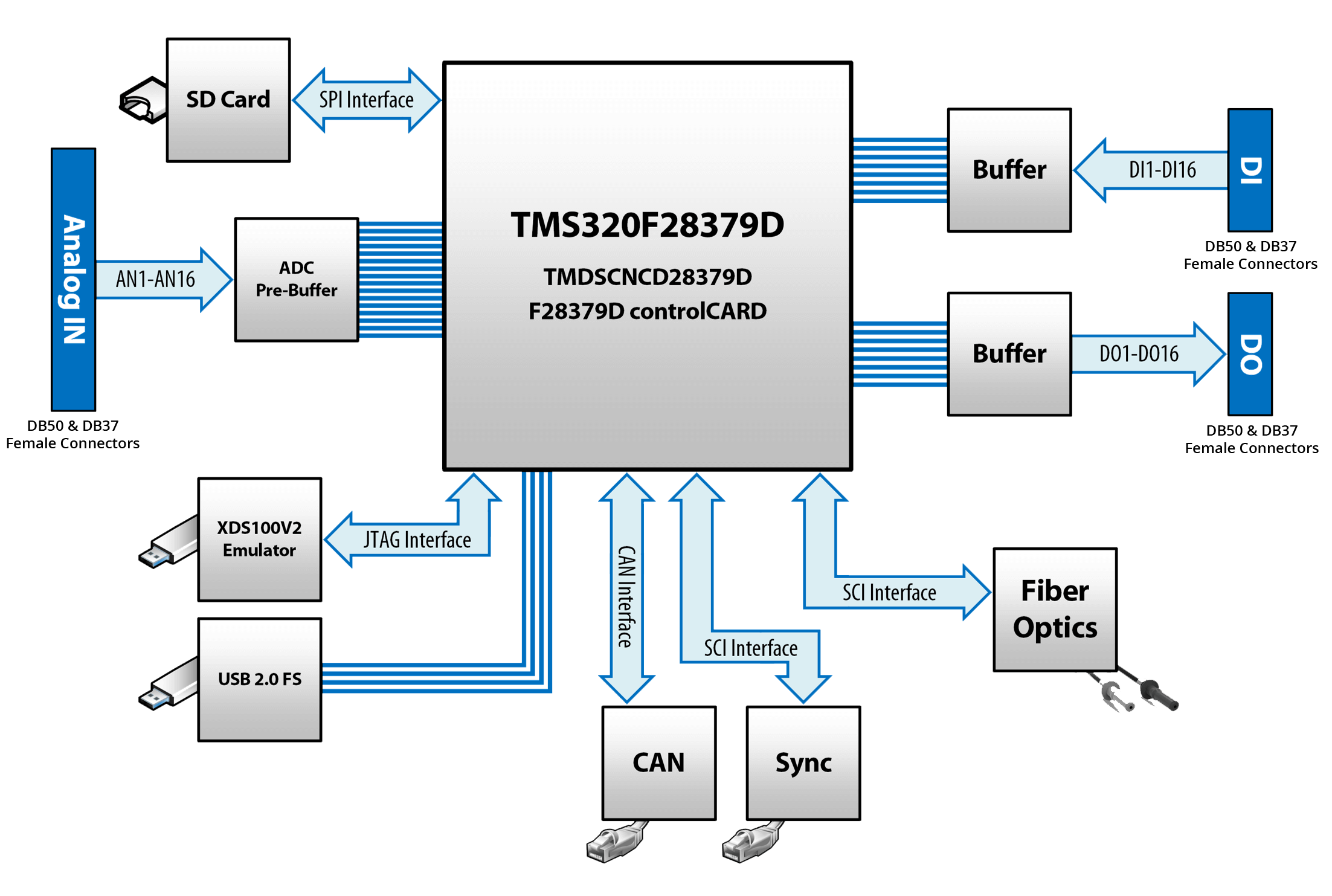Knowledge Base
Welcome to OPAL-RT’s Knowledge Base
OPAL-RT offers a repository of support information for optimal use of its technology.
Please note that OPAL-RT knowledge base is not fully optimized for mobile platforms.
For optimal experience, use a desktop computer.
|
Reference Number: AA-01632// Views: AA-01632// Created: 2019-04-03 14:35:13// Last Updated: 2022-08-12 17:42:39 HowTo How to activate the Ethernet port 1 ( eth1 ) on your simulator On most of OPAL simulator, only one Ethernet port is activated by default (eth0). When a user requires the use of more than one Ethernet port, for specific applications like the IEC61850 and other Ethernet-based communication protocols, it is necessary to activate the second Ethernet port of the OP4500/OP4510 (eth1). In order to do this, here are the steps to follow: 1- Login in the target with MobaXterm To connect with MobaXterm you can use this KB article Note that it's not recommended to use an RT-LAB telnet connection to do this procedure The Credentials to connect to the simulator are indicated in your System Description Document. Usually it's: Username : root Password : oprt935$ 2- Activate eth1: Enter the following command (where # is the command prompt ): # ifconfig eth1 up This will enable the network interface until the next boot. Enter: # ifconfig Note down the network interface MAC address ( after the HWaddr). You can copy/paste into a text editor for example:
3- Create and modify eth1 configuration file: Enter: # cd /etc/sysconfig/network-scripts/ # cp ifcfg-eth0 ifcfg-eth1 # nano ifcfg-eth1 At this point, you will need to edit the information of this page as follow depending on the configuration of eth1 that you want. A word of caution concerning the IP address and Subnet that you will choose, you will find more on that matter information here For this example we will use this configuration: DEVICE=eth1 HWADDR=The address that you noted down on step 2 NETMASK=255.255.255.0 IPADDR=192.168.11.102 You will have a page like this at the end of this step:
To exit nano you will need to type: Ctrl+X > Y > Entrer 4- Validate the change: Enter: # service network restart
# ifconfig If the eth1 interface appears with the right IP address, netmask and MAC address, it will be retained on every boot.
|



